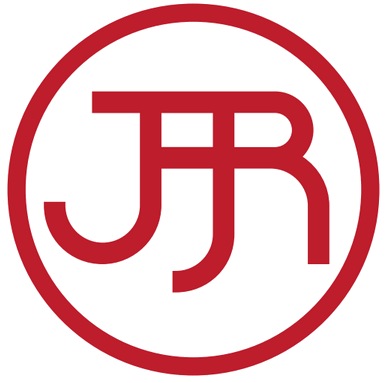Translation
What kind of translation do you do?
I specialize in Japanese-to-English medical and business translation, but accept a wide variety of assignments, including localization and English-to-Japanese translation of official documents for immigration and related purposes. Consultations are entirely free, so do not hesitate to ask me about any of your translation needs.
What is the translation process?
In general, translation is a 5-step process.
The source text is read to get a feel for the meaning and style of the entire text. Any unusual terms are examined, unclear passages confirmed with the client, and, if needed, research of similar literature in the target language is done to ensure idiomatic translation.
The first rough translation pass is done using Computer-Assisted Translation software. This is not machine-translation, such as Google Translate, but rather software that streamlines the translation process by breaking the source text into sentence-level segments, and creates translated documents in the same format as the source text. The text is translated for accurate and faithful meaning to the source text.
Next comes the fine translation pass. This is similar to a copy edit pass, where the translated text is revised for more natural and elegant expression, always keeping in mind the nuance and meaning of the original.
Next comes the proofread pass. This is a pass to catch any typos in the translated text.
Finally, the translated text is cleaned up and formatted as close to the source text as possible.
A watermarked version is then sent to the client for review, and the translation further revised as needed.
That sounds like a lot of work! Can it be done quickly?
Speed in translation is highly dependent upon the content of the source text. In general, 1 to 2 A4-size pages of typically formatted text can be translated per day at the best quality.
What are your rates?
Rates are given on a per-job basis, with consideration for the content and time requirements. Charges generally run from 10-30 yen per character for Japanese-to-English translation, and 15-35 yen per word for English-to-Japanese translation. Contact me for a free estimate!
Can you check a non-native translation?
Translation-checking falls under the Copy Editing services. However, if it is a Japanese-to-English translation, I strongly recommend taking advantage of the Translation services offered here, to ensure the best quality with the highest cost-efficiency.
Interpretation
What kind of interpretation do you offer?
Circlejar provides consecutive (non-simultaneous) interpretation in Japanese and English.
Consecutive interpretation means the interpreter waits for the speaker to finish speaking, usually while taking notes, then renders that information in the target language. This differs from simultaneous interpretation, wherein the interpreter begins interpreting while the speaker is still speaking.
What are the advantages of consecutive interpretation?
While consecutive interpretation is time-intensive, since the interpreter must wait for the speaker to finish speaking, it requires less set-up and manpower. Ideally, simultaneous interpretation is done with at least two interpreters, one for each side, with the interpreters in a sound-proof booth speaking into a headset. Consecutive interpretation can be done with one interpreter, without any special equipment. Further, the interpreter has the time to consider the tone and nuance of source speech, and, if necessary, ask the speaker for clarification.
Due to the grammatical structures of Japanese and English, Japanese-English interpretation is particularly suited to consecutive interpretation. English places the verb close to the beginning of the sentence, behind the subject, while in Japanese the verb typically comes last.
Consecutive interpretation is best suited for situations such as press conferences, interviews, small meetings, and site visits.
What are your rates?
Like translation, the final rate depends on the content of the work. The base rate for non-specialized content is 4,500 yen/hour, including preparatory meetings or briefings, plus travel expenses. Contact me for a free estimate.


